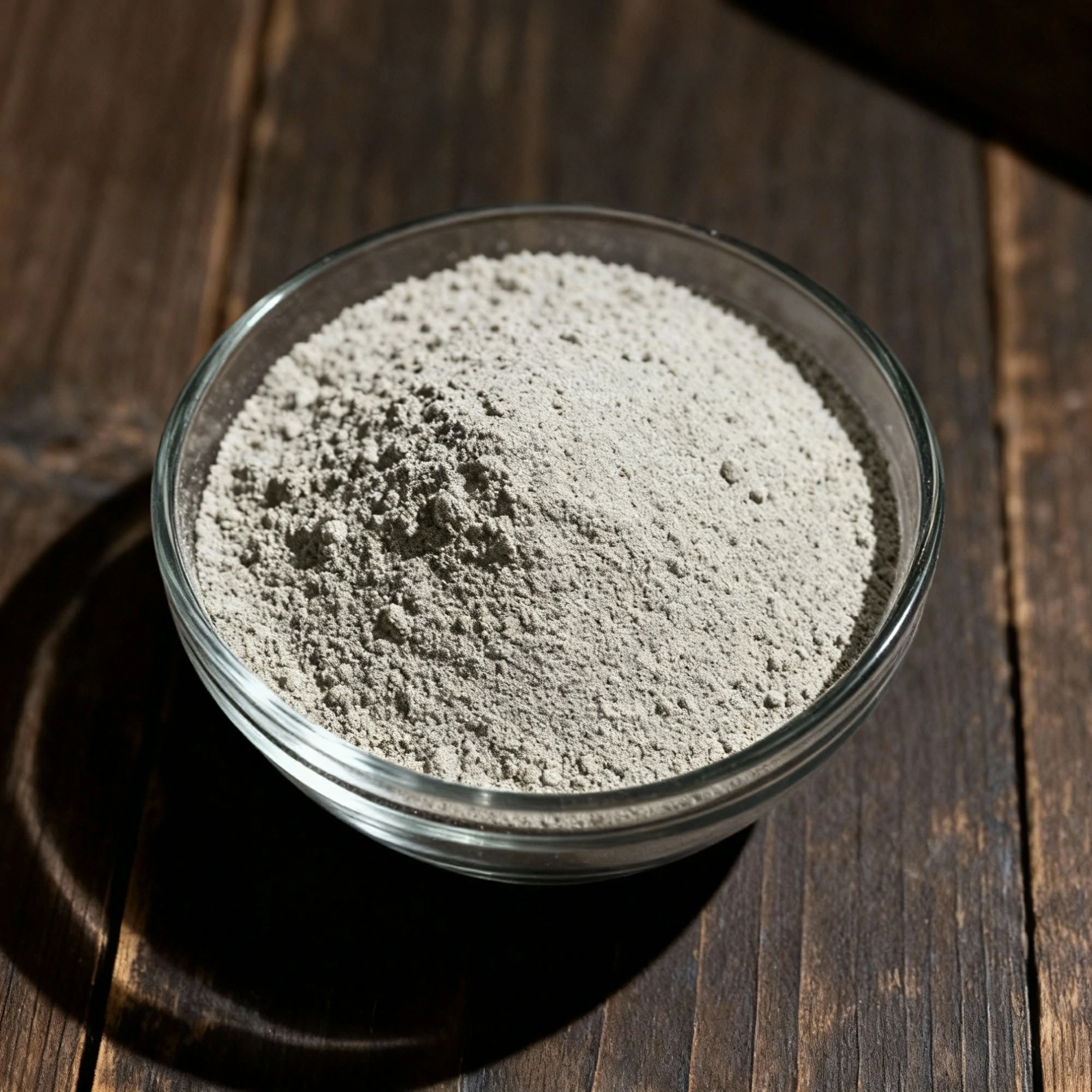

Ferrous Gluconate
One unit of:25kg/barrel
Product Info
What is Ferrous Gluconate?
Ferrous Gluconate is an iron salt of gluconic acid primarily utilized as a nutritional fortifier to combat iron deficiency and as a color stabilizer, most commonly for maintaining the uniform black color of processed olives.
How is Ferrous Gluconate made?
| Step No. | Production Stage | Key Action | Control Point & Note |
|---|---|---|---|
| 1 | Synthesis / Reaction | React gluconic acid with a ferrous iron source (e.g., ferrous carbonate) in an aqueous solution. | Purity of raw materials is critical. The stoichiometric ratio of reactants must be precisely controlled. Monitor and control reaction temperature and pH to ensure complete conversion and prevent side reactions. |
| 2 | Purification & Filtration | Filter the hot reaction solution to remove any unreacted solids and insoluble impurities. | The solution must be kept hot to prevent premature crystallization of the product on the filter. Check filter integrity to avoid particulate contamination. The clarity of the filtrate is the key quality check. |
| 3 | Concentration & Crystallization | Evaporate water from the clear filtrate, typically under vacuum, to concentrate the solution and induce crystallization. | Vacuum level and temperature must be tightly controlled to manage the rate of crystallization and prevent product degradation. A controlled cooling rate is essential for achieving desired crystal size and purity. |
| 4 | Centrifugation / Separation | Separate the formed ferrous gluconate crystals from the mother liquor using a centrifuge. | Centrifuge speed and time are key parameters to achieve the target moisture content in the crystal cake. The crystals may be washed with purified water to remove residual impurities. |
| 5 | Drying | Dry the wet crystals in a controlled environment (e.g., vacuum or fluid bed dryer). | Drying temperature must be kept low (e.g., under vacuum) to prevent oxidation of the ferrous (Fe2+) iron to ferric (Fe3+). The final moisture content is a critical specification that must be met. |
| 6 | Sizing & Milling | Sieve and, if necessary, mill the dried crystals to obtain a uniform product with the specified particle size distribution. | Screen mesh sizes are selected based on pharmacopeial or customer requirements. This step ensures product homogeneity and proper flow characteristics for final dosage form manufacturing. |
| 7 | Quality Control & Packaging | Blend the final product for batch homogeneity and pack it into sealed, protective containers. | Perform final QC tests for assay (ferrous content), heavy metals, and microbial limits. Packaging must be airtight and light-resistant to protect the product from oxidation and degradation during storage. |
Technical Specifications
| CAS Number | 299-29-6 |
| Chemical Formula | FeC₁₂H₂₂O₁₄ |
| Solubility | soluble in water, negligible in alcohol |
| Storage Conditions | store in cool, dry place away from light |
| Shelf Life | 24 Months |
Applications & Usage
Common Applications:
Mechanism of action:
| Parameter | Ferrous Gluconate |
|---|---|
| Functional Category | Color Fixative; Nutrient Supplement (Iron Fortification) |
| Key Ingredients | Ferrous Gluconate (Iron(II) gluconate) |
| Mechanism of Action | In color fixation (e.g., ripe olives), the ferrous (Fe2+) ion oxidizes and complexes with naturally occurring phenolic compounds to form a stable, black ferric (Fe3+) pigment. As a nutrient, it provides a bioavailable source of elemental iron for intestinal absorption and subsequent incorporation into hemoglobin and myoglobin. |
| Application Effect in Product | Imparts a uniform and stable black color to ripe olives. Fortifies food products such as cereals, baked goods, and beverages with iron to prevent or treat iron-deficiency anemia, with minimal impact on taste or color in most applications. |
Comparison:
| Product Name | Category/Type | Key Features | Strengths (vs peers) | Weaknesses (vs peers) | Best Use Cases | Why Choose |
|---|---|---|---|---|---|---|
| Ferrous Gluconate | Iron Salt Supplement | Contains approx. 12% elemental iron by weight. Ferrous (Fe2+) form. | Generally better tolerated with fewer gastrointestinal side effects than ferrous sulfate. | Lower elemental iron content per tablet, requiring larger or more frequent doses. | Treating iron deficiency in individuals with sensitive stomachs who cannot tolerate ferrous sulfate. | For a good balance between efficacy and gastrointestinal tolerance. |
| Ferrous Sulfate | Iron Salt Supplement | Contains approx. 20% elemental iron. The most commonly prescribed form. | High elemental iron content, inexpensive, and widely available. Considered the standard of care. | Highest rate of gastrointestinal side effects (nausea, constipation, upset stomach). | First-line treatment for iron-deficiency anemia where cost is a factor and side effects are manageable. | For a cost-effective, high-potency option if it can be tolerated. |
| Ferrous Fumarate | Iron Salt Supplement | Contains approx. 33% elemental iron, the highest of the common salts. | Delivers the most elemental iron per dose, allowing for smaller tablets. | High potential for GI side effects, comparable to or slightly less than ferrous sulfate. | When a very high dose of elemental iron is required and pill burden is a concern. | To achieve the highest possible iron dose with the fewest pills. |
| Polysaccharide Iron Complex | Iron Complex Supplement | Iron is complexed with a carbohydrate. High elemental iron content. | Very low incidence of GI side effects due to its formulation. | Significantly more expensive than simple iron salts. May have slightly lower absorption for some. | Patients who cannot tolerate any of the standard iron salts due to severe GI upset. | When GI tolerance is the primary concern and cost is not a limiting factor. |
Technical Documents
Available Documentation
spec sheet & monograph available
Safety Data Sheet (SDS)
MSDS available
Certificate of Analysis (COA)
Quality assurance documentation
Technical Data Sheet
Detailed technical specifications